Welcome to our basic tips for taking good photographs. We all know the indescribable beauty that strikes the heart upon gazing at awesome photography. The peculiar perspective, beauty, color and undisputed creativity. This has been the power of attraction that has caught many photographers and given them a passion to achieve even better results. This is a whole different story for people that are just starting to enter into the world of photography.
There is no straight line from picking the camera for the first time to continuously shooting great pictures. It takes time and devotion, years and years of practice. But here are some compiled need-to-know basics that will definitely upgrade your shooting and ultimately improve your photography content. You definitely don’t want to skip anything.
Let’s get started!
Table of Content
13 Basic Tips for Taking Good Photographs
A Mental Picture
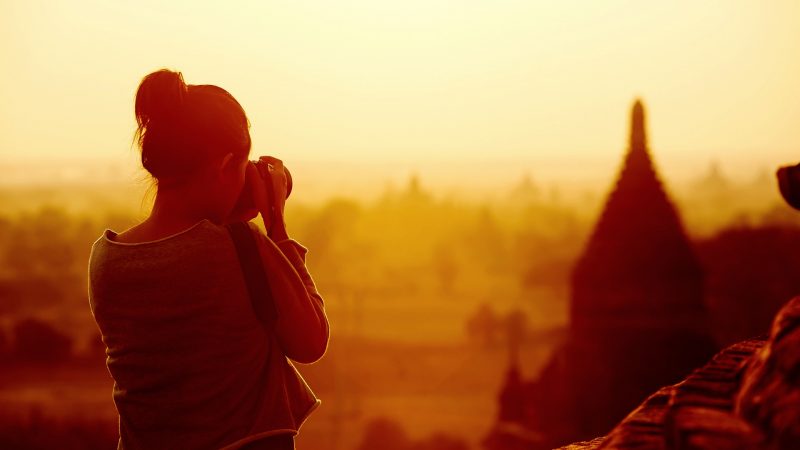
A good photo starts from the quality of your imagination. How big and creative are you thinking? Creating great images in your mind helps you to develop unique perspectives when you are trying to take a picture. Photos are meant to tell stories, give meanings, exuberate art and intelligence. There is the need to build a story and outline the motive for that story. The cutting difference between a random snapshot and a great photo usually lies in the thought and quality of imagination. This costs money, experience, exposure but most importantly, meditation. Surprised I included money and experience? Think about this: your thoughts are derived from whatever you have seen or heard in the past. This means that the quality of what you see/read or hear will invariably determine the quality of your thoughts.
Consistently studying and surfing through high-quality materials and photos also help your mind greatly because this exposes your mind much more. And high-quality materials sometimes cost money, but in our modern age, you have access to the internet which gives you lots of free quality material (Click here and read how can you learn photography on your own). Think about what you really want to capture and what message the viewer should get once he gazes upon your picture.
You want to put yourself in the position of a viewer, the best way to do this is to have your picture sharpened, critiqued and well meditated in your mind.
Observe your environment and be responsive. You can set quality photos in motion by your anticipation or reaction to favorable situations. It all depends on what your mind is really on.
You must be sensitive to your surroundings, react quickly and calculate what angle and perspective will best capture your subject of interest.
Remember, a good picture starts from your thoughts.
Related: If You Get These 11 Questions Wrong, You Will Have Hard Time With Your Photography Business
Creative Composition
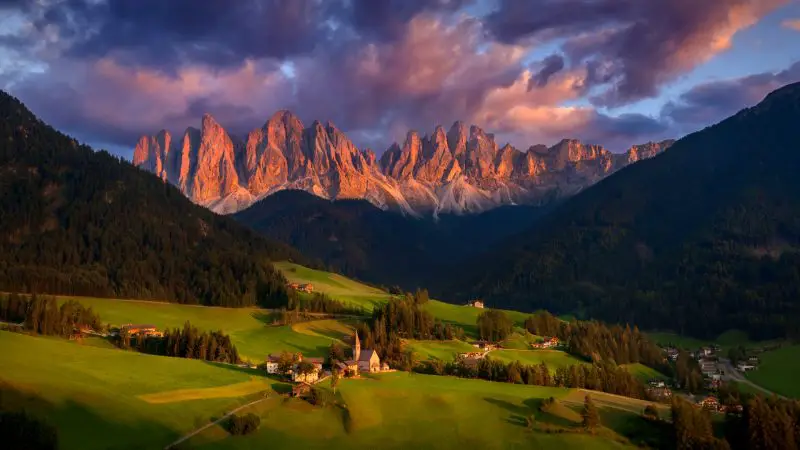
Composition simply refers to how you arrange the elements in the frame. How effectively you do this will greatly determine your success. I strongly suggest you begin with the rule of thirds. The rule of thirds is a basic principle in photography which grids the frame of the picture allowing the photographer to put the subject matter at the intersection of the lines. (Also, click here to learn what are the elements and principles of photography)
It is possible to have the superb subject matter right in front of you (e.g. a supermodel), with the perfect lighting. Yet, if the subject matter is not well positioned, you may not produce the real image you were trying to project. Thus, for you to have great photography, the frame must be well positioned to make the image eye-catching and irresistibly draw the attention of any viewer.
Be conscious of what appears in your frame. Never divide landscapes with the horizon in the middle and be creative about having more exciting images. Also, try the portrait and landscape formats. Make sure the photo tells just the story you want it to tell by capturing the subject matter using the best perspective. It is important you draw your attention to the depth of field, and the pictures will look even more professional. Your composition must be well done for you to draw out a really good photograph.
I also suggest reading my article about the difference between shape and form in photography, because these two are still the most misunderstood terms in photography composition.
Perfect Lighting
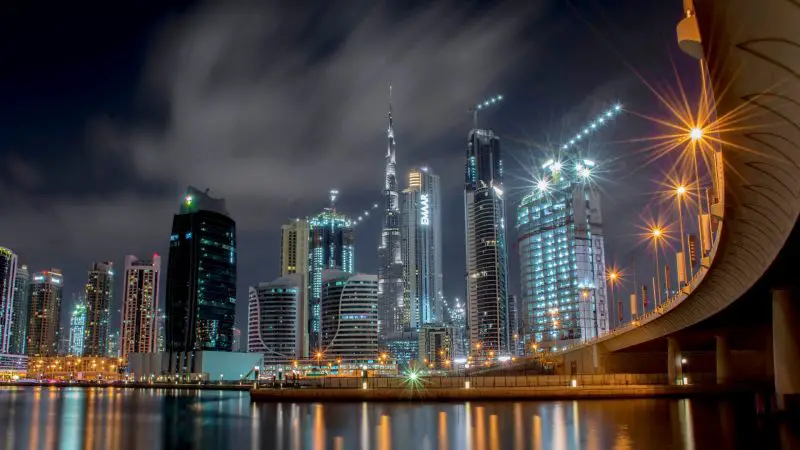
Oh, it wouldn’t be strange for me to tell you that the quality of your pictures is as good as the quality of your lighting. Little wonder that the Christian faith followers believe God to have created light before creating anything at all. As photographers, whether it is for outdoor or indoor shooting, good lighting is a condition precedent to achieving our quality photograph.
Take for instance I pick up my camera to shoot during the evening under a canopied space. The sun is setting down about this time and I don’t have the extra lighting. I got the perfect posture, perspective and composition. Then, I start shooting the best angles imaginable only for me to discover that after my fantastic photoshoot the pictures were ruined by unwanted shadows. So terrible right? I am sure you can recall one, two or many experiences like this. You probably lost your appetite back then!
For studio shoot, the work is much easier because of the artificial lighting which can be easily fixed. However, for landscape photography and general outdoor photoshooting, patience must be the core value to achieve the best lighting. Sometimes, you may have to abandon the photoshoot and come back. It is all for art and quality. As an additional tip, the best time to shoot landscape photographs and outdoor shooting generally (not all cases) is just an hour after sunrise or just as the day begins to end. The light at those times is usually soft and right.
Avoid using a direct flash as much as possible. This is because a direct flash or worse, the built-in flash flattens the image completely, causes red eyes and casts a shadow on the background. The use of an indirect flash easily solves the problem. Directing the flash at a white ceiling, wall or roof brightens the place and makes the image look natural. But this technique cannot be used with built-in flash.
So, getting your lighting right will get the photograph right.
Always Use the Right Exposure

Exposure would simply mean the degree of brightness or darkness of a photograph. It is one of the basic things a photographer must properly master to ensure the photos are not too dark or too sharp. Basically, there are three ways to control the camera exposure: aperture, shutter speed and ISO.
Related: ISO In Photography: Fake Or The Real Deal?
Digital cameras often come by itself to a neutral exposure. However, neutral exposure often balances the exposure without taking into consideration what exactly is the subject matter. For instance, it may make the background brighter than the face of the person you are trying to take a picture of. So, you just have to reset it. To take better pictures, you always have to get the right exposure and not settle for neutral/automated exposure.
Do the Dirty Work
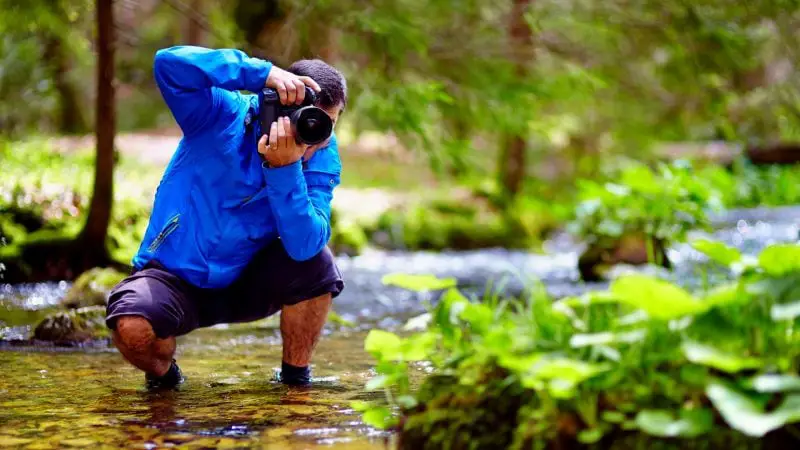
You always want to wear that shirt, maybe tie or muffler, and that nice-looking shades to shoot? Well, this describes corporate photographer and most likely you will take passport or identification card pictures. On the other hand, to be professional and exceptional, you need to do the dirty work yourself. Climb the trees, lie on the floor, squat, get on one knee (not just to propose), get on a desk or whatever. You have to assume whatever posture it takes to achieve the right frame and composition. Do not negotiate. Not one person should have their hair or head cut off in your photo.
The key objective here is to place yourself right at the height of the subject unless you are trying to achieve certain effects. For instance, you cannot take the photo of a child while standing. You may have to get on one knee or lie on the floor to get the appropriate composition. For subjects such as wrestlers, you may have to do the same to achieve a photo where the subject (wrestler) is seen as powerful and domineering. You just need the right angle for a great photo.
Do everything to get that angle even if it involves swinging from a pole. Yes, I mean it.
Also, try to join local or online photography clubs. Do not hesitate to assist them in their shoots. Go to pros that know their stuff and offer to help out, carry things or move them. By doing this, there will be things that you will learn faster and pick up, rather than trying all alone or with a group of friends who are all at your level or in that range. Also, read here how you can find your perfect photography mentor.
Get Close
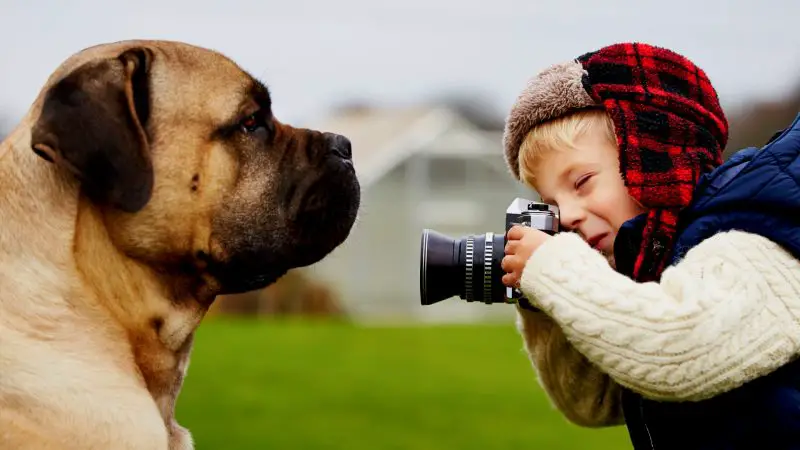
If you always zoom in on your subject matter rather than getting close, unless it is wildlife photography, or you are taking a wide shot, the chances are you won’t always get the best pictures. This is because the best shots are often made when you are really close to the person. No matter how good your lens is, the shot cannot always be good and detailed as when you are standing close to your subject. This does not mean you have to ban the focal length. Rather, if you use a 135 or a 200 mm, it will help you achieve a really great close-up shot. All you have to get right is the framing.
As said earlier, moving close to the target will not apply in wildlife photography, sports and other cases. The point is, get as close as it is possible.
Clarity and Focus

Ever seen a blurry photo gain popularity with people? Definitely unattractive. Details do matter in every photo. Think of it as a painting, every detail in your frame must be well defined or clear. To create really good photography, create a focus on your frame, an element to attract the attention of the viewer. Then you can build the whole picture around this point.
There are many variable factors that bring unclarity to photos: focusing on the wrong place, vibrations related to the movement of the mirror for SLR, slow speed, etc. Ideally, if you master your camera and none of these factors about intervene, you will achieve the perfect picture clarity. It takes years of practice to master these aspects. So just keep practicing, take your time and you will be able to master these parameters.
Your Gear and the Right Equipment
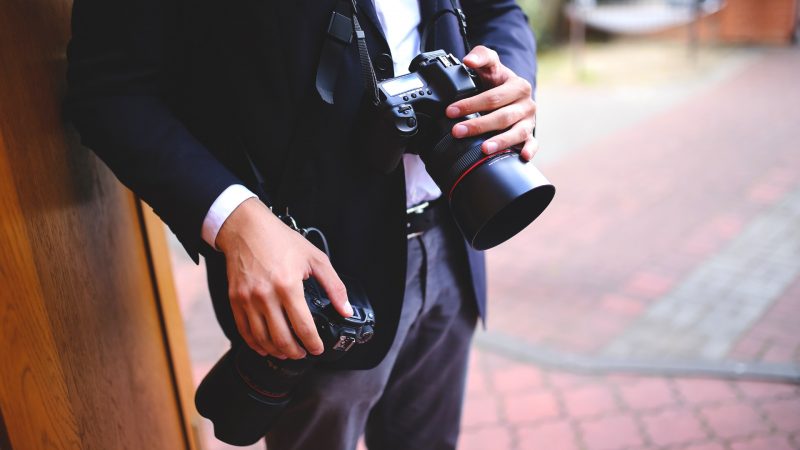
It is important for every photographer to master his gear. You should be able to set up your camera and equipment without any help and even in the dark. This takes consistent preparation and photoshoots. You do not have to wait till the last minute to read the instructions. You should always know how to set the aperture, speed, exposure, mode, etc. This is as basic as the passion to become a photographer.
Related: What A Photographer Needs To Get Started?
Also, it is important to use the right tools. A tripod stand would definitely shoot better and avoid blurriness far more than freehand shooting. This especially goes for landscape photography. Do not neglect the tripod unnecessarily (Check our list of best tripods for photography in 2019). Not only that, you may not have all the cash yet, but if you can afford a better lens or camera, go buy it right away. Not only will this help you get better quality pictures but also the needed experience and technological exposure.
What’s in the Background? Beware!

This is probably one of the most common mistakes a beginner makes in photography. You must be able to pay attention to the background. Imagine if I take a picture of an executive in front of the Stock Exchange Building and a stray dog is caught in my picture. Perhaps a model on the beach and some piece of trash near her in the picture. That is awful. Inspect your picture background and foreground to make sure there are no contrary details. Attention to these small details is what usually shows the biggest difference between a professional photographer and one who is not. (I also suggest reading what are the most common phone camera mistakes everyone does)
It is easy to be carried away with focus and composition on the person you are photographing and completely forget or be unaware of the background details till you show the picture to the first or second viewer. These mistakes often appear at the edge of the frame. An ugly telephone, pole, poster, trash or whatever. Sometimes, it is not dirty stuff that is there. It could be a kid in shorts just standing at the stairs leading to the Kingsman tailor’s shop you were hired to take a picture of. Just a fraction of his leg, say a foot, may ruin the whole photo. Why? It does not belong in this photo. Pay attention and make the most out of your efforts.
Avoid Motion Blur
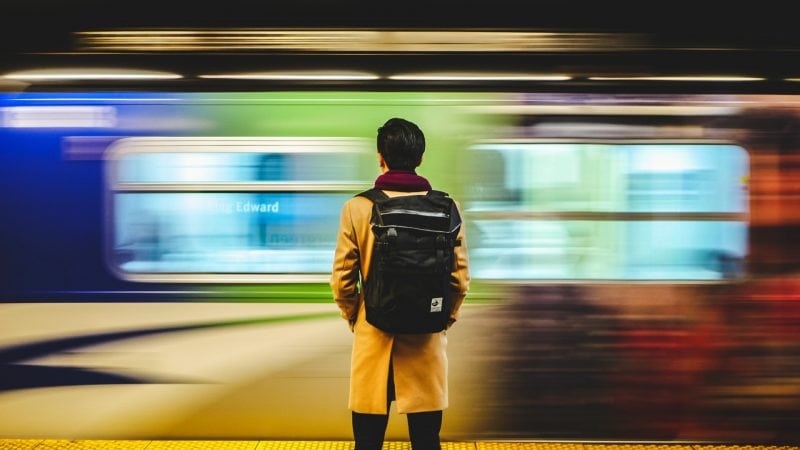
Motion blur occurs as a result of the photographer’s movement or instability at his position. It is more difficult to avoid motion blur when there is no tripod or image stabilizer or worse when the photographer is not patient. Where there is no tripod or image stabilizer, it is good as a cushion to set the shutter speed to be the opposite of the focal length used. For instance, freehand shutter speed for a 100 mm lens should be set at 1/100. Some lenses have in-built image stabilization. This can be really helpful too. You can check for OS at Sigma, VC at Tamron, VR at Nikon, IS at Canon. The technology system in these lenses compensates for these mechanical vibrations by moving a lens group that stabilizes the image.
Also take note that if the shutter speed that is too low, for example, 1/340, it will cause a motion blur. The movement of an athlete can be frozen by a high shuttle speed around 1/3200.
Just be steady and patient before you take your shots.
Take Lots of Pictures
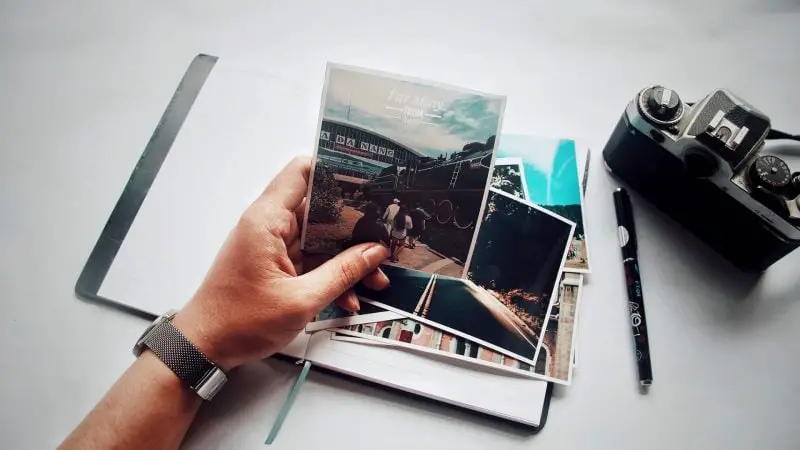
The practice aims for perfection. Consistent and unrelenting practice gets you there faster. The techniques for taking good pictures won’t just fall on your head. You have to be deliberate. Take an average of thirty pictures per day. Try various angles, posture, settings, perspective, etc. Take your camera along with you everywhere. Of what good is it to you at home? You can miss those once-in-a-lifetime scenarios if you always leave your camera back home. Do take it along and use it. Take note, that you will learn from your mistakes and improve. It will also improve your research and continue your development as a photographer. This will help you limit errors on hired gigs and professional shoots.
Edit with Care and Help
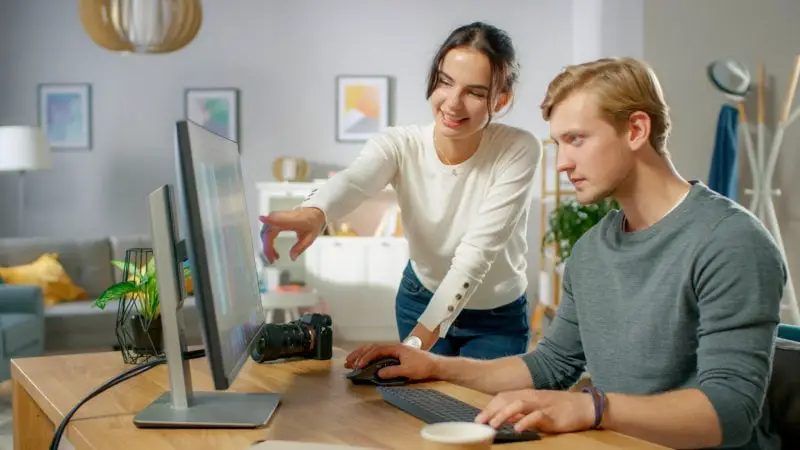
Well, just as a bonus tip, something on post shooting process for you. Taking a good shot with your camera might not be enough. There is a need to properly edit your photo to finish up good work. (Read here do photographers edit their photos)
First, to ensure you have a good material to edit, adopt the RAW format when photoshooting. At this format, the data is compressed in a lossless form, the way it was exactly when you shot it. A RAW format is like an omnibus back up for mistakes during the shoot. Contrast, color, sharpness, white balance, or saturation should be applied during post-shooting. Through these edits, it is possible to reduce errors. (Also, learn about shooting in RAW for beginners)
As a beginner, it would probably make sense to give your RAW images to a professional photo editor, so you can see their real potential. You might have a great photo but the lack of experience in photo editing you might not even realize what you have in your possession. I would suggest checking our photo retouching service because seeing your photos edited by professional will certainly boost your confidence in your photography skills. Long term, we would suggest that every photographer learns ins and outs of photo editing even if you don’t plan to do it yourself.
Related: Outsourcing Photo Editing Services For Photographers Debunked
For editing software, I will suggest you get Photoshop. It’s really great software. Take time to really master these programs as they can go a long way to hide errors and boost confidence. Get help if you do not know how to handle them or watch tutorials. Once you have mastered the editing techniques, you are going to get awesome photos you will be really proud of.
There is also a need to print your photo as large as you can afford to. It makes a whole lot of difference. Think of the really huge picture you saw. How it struck you and you were not just satisfied by gazing lustfully at it but you also wanted to go through every detail in it. It is incontestable – bigger photos make bigger impacts on its viewers. Appreciate photography.
Dare to Photograph People
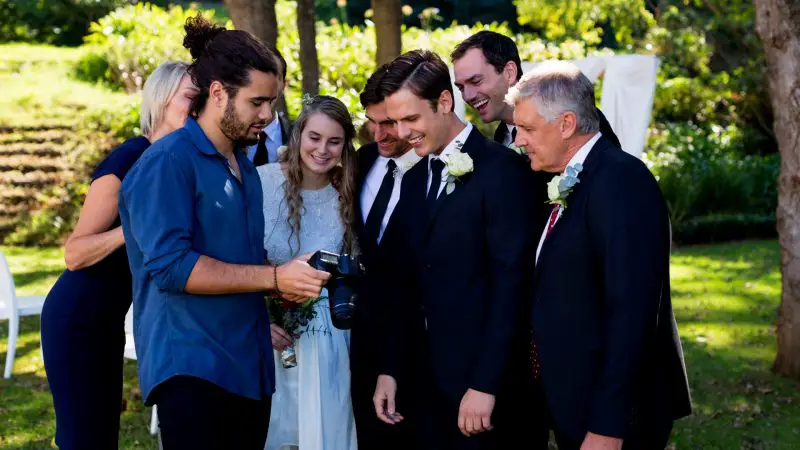
Photographing a landscape is not hard at all. Most of us are able to photograph a sunset, the only difficulty being is to frame it properly. Taking pictures of people is more difficult in the sense that you have less control over the scene and you also have to deal with your own ambitions. And if you were caught doing street photography, travel photography or night photography our creative photograph styles might help you in that journey.
Whatever you think it might be a good photo, take it. There are no mistakes in photography, only trial and error that leads you to a better version of yourself.
Photography is an awesome art. Lovable science. Your mistakes definitely should not impact your inspiration or passion because that is the essence of photography. These are basic tips to help you improve and get better results. However, it is important to bear in mind that the best of photographers are a product of constant practice and practice and reading. Everywhere, almost at any time. So, you successfully read this article. What is the next thing for you to do?
Go take that picture!
